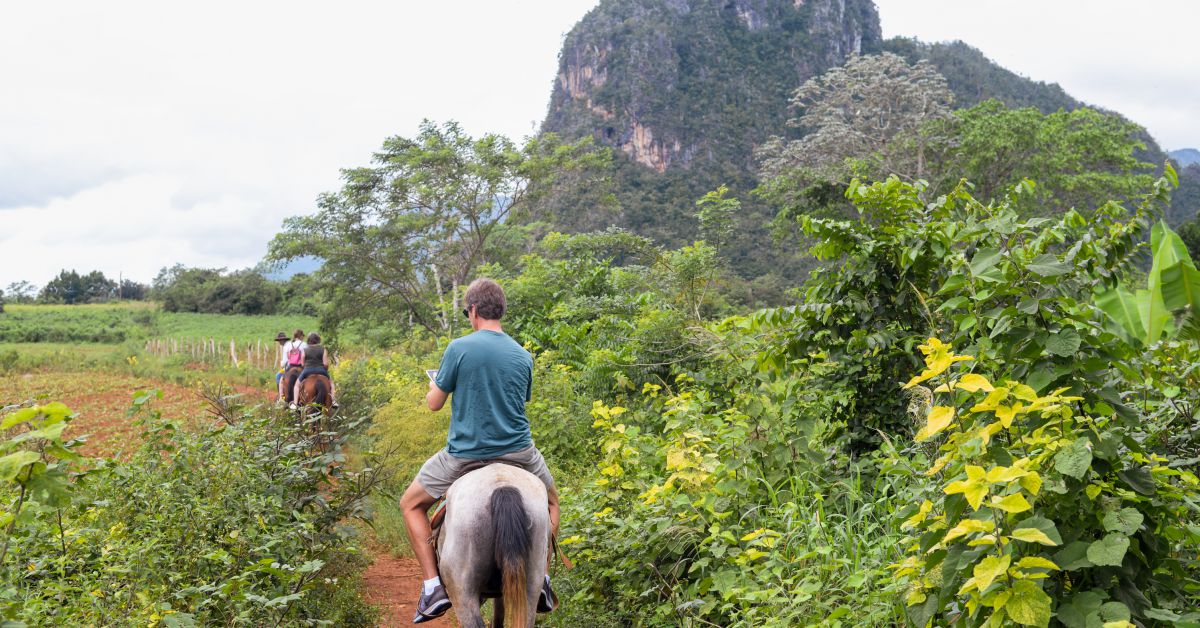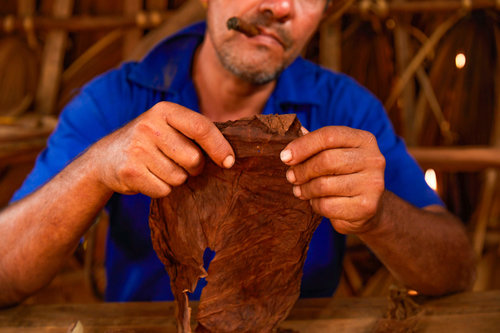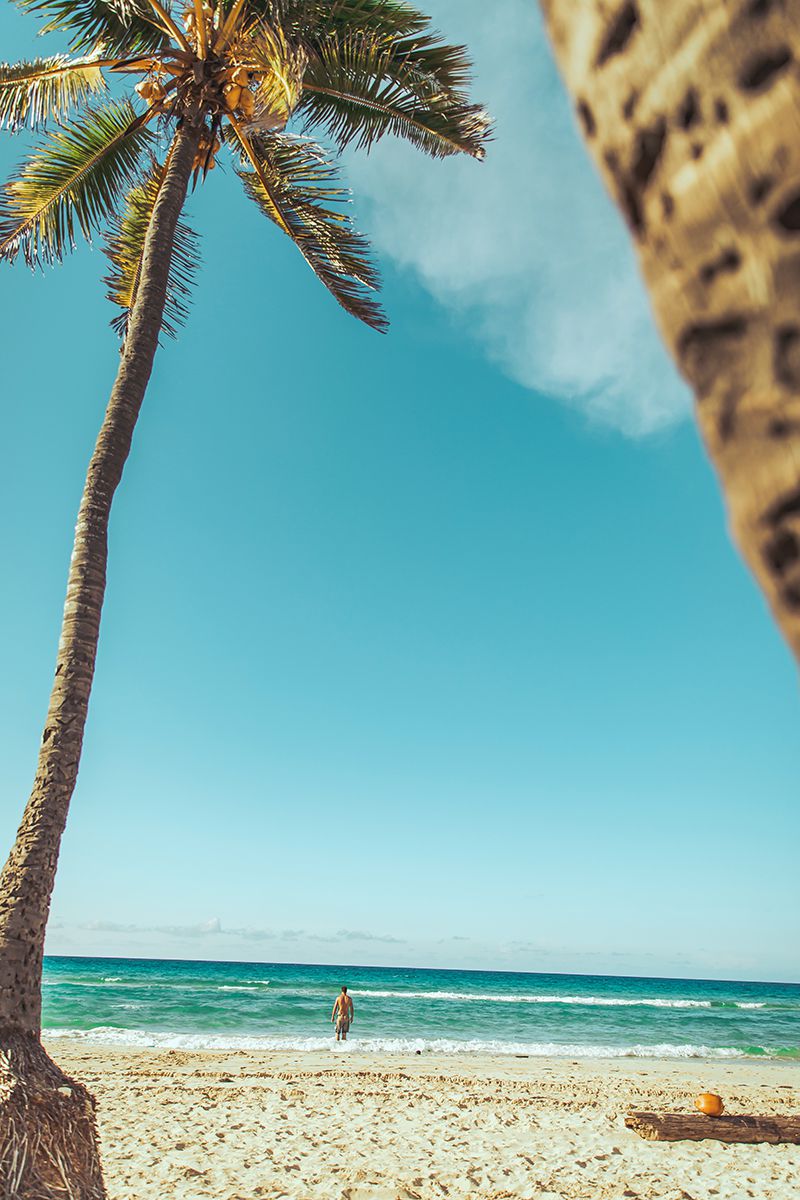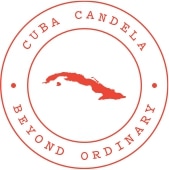
Cuba: The Pearl of the Antilles
By Elizabeth McCormick, CEO
Nestled in the Caribbean, Cuba has always held a captivating allure for travelers. This vibrant island nation beckons with its rich history, distinctive culture, and stunning landscapes, but perhaps even more so for its historically forbidden mystique. While a trip to Cuba for U.S. citizens was once exceptionally complex, significant policy changes in 2014 and 2016 began to open its doors.
While outright "tourism" for U.S. citizens is still technically prohibited by statute, the U.S. Department of Treasury's Office of Foreign Assets Control (OFAC) introduced 12 categories of authorized travel. The most popular category for travelers seeking a cultural experience is "Support for the Cuban People."
A culture like no other
 Today, travelers to Cuba have the opportunity to immerse themselves in a culture unlike any other. Stepping onto Cuban soil often feels like stepping back in time, with vintage American cars ("almendrones") cruising the streets and colonial architecture gracing every corner.
Today, travelers to Cuba have the opportunity to immerse themselves in a culture unlike any other. Stepping onto Cuban soil often feels like stepping back in time, with vintage American cars ("almendrones") cruising the streets and colonial architecture gracing every corner.
The country’s soul pulses with rhythm. From the infectious beats of Son and Salsa to the captivating energy of Afro-Cuban jazz, music is an integral part of daily life. You'll find live music spilling from bars, street corners, and public squares, often inviting spontaneous dancing.
Even its history is compelling, with the revolutionary past to the colonial heritage evident in its well-preserved cities. A vibrant art scene adds color.
Despite economic challenges, Cubans are renowned for their incredible warmth and welcoming spirit. Embrace the opportunity to stay in casas particulares (private homestays), offering an authentic cultural immersion and directly supporting local families. Or, if you’re looking for a step up in luxury, consider staying at a privately-owned boutique hotel. Many are located in century-old restored mansions and known for their excellent service and charming atmosphere
 Cuban food is a delicious blend of Spanish, African, and Caribbean influences. Don't miss classic dishes like ropa vieja (shredded beef), arroz congrí (rice and beans), and fresh seafood. And, of course, the world-famous Cuban cigars and rum are not only cultural staples, but symbols of national pride and craftsmanship. Made from the island’s sugarcane and tobacco fields, both products are deeply rooted in Cuban heritage. Visiting a cigar factory or enjoying a mojito in Havana offers a sensory window into this storied tradition.
Cuban food is a delicious blend of Spanish, African, and Caribbean influences. Don't miss classic dishes like ropa vieja (shredded beef), arroz congrí (rice and beans), and fresh seafood. And, of course, the world-famous Cuban cigars and rum are not only cultural staples, but symbols of national pride and craftsmanship. Made from the island’s sugarcane and tobacco fields, both products are deeply rooted in Cuban heritage. Visiting a cigar factory or enjoying a mojito in Havana offers a sensory window into this storied tradition.
From political murals to cutting-edge contemporary galleries, Cuban art bursts with color, history, and expression, reflecting its complex social fabric. Havana, in particular, is a creative hub, where emerging artists mix Afro-Cuban influences with modern styles to tell Cuba’s evolving story.
Iconic sites & cultural gems
 Havana: The capital city is a must-visit. Explore the colorful, crumbling beauty of Old Havana (a UNESCO World Heritage site), stroll along the iconic Malecón seawall, and experience its legendary nightlife.
Havana: The capital city is a must-visit. Explore the colorful, crumbling beauty of Old Havana (a UNESCO World Heritage site), stroll along the iconic Malecón seawall, and experience its legendary nightlife.- Trinidad: Another UNESCO World Heritage gem, Trinidad offers a beautifully preserved colonial experience with cobblestone streets, pastel-hued buildings, and lively music at every turn. It's a fantastic place to simply wander and soak in the atmosphere.
- Viñales Valley: Head west to this stunning UNESCO-listed landscape, characterized by dramatic limestone mogotes (karst hills) and lush tobacco fields. Here, you can learn about cigar production, go horseback riding, or explore ancient cave systems.
- Varadero: If pristine beaches are calling your name, Varadero offers miles of white sand and turquoise waters. While known for its resorts, it's also a place to relax and enjoy the Caribbean sunshine.
- Cienfuegos: Often referred to as La Perla del Sur (The Pearl of the South), Cienfuegos is a picturesque coastal city in central southern Cuba known for its elegant French-inspired architecture, wide boulevards, and vibrant cultural scene. Founded by French settlers in 1819, the city boasts a unique blend of European charm and Caribbean flair.
Travel well
We assist clients with all aspects of a Cuban adventure, including:
- U.S. Travel Regulations: As a U.S. citizen, remember that direct "tourism" is not permitted. You must select one of the 12 authorized travel categories, with "Support for the Cuban People" being the most common for cultural experiences. This generally means engaging in activities that support private Cuban citizens and businesses.
- Visa (Cuban Tourist Card): All travelers to Cuba, including U.S. citizens, need a visa, often referred to as a Cuban Tourist Card.
- Medical Insurance: Cuba requires all travelers to have medical insurance. U.S. airlines often include this in the ticket price, but it's essential to confirm and carry proof.
Additional tips
 Cash is King: While credit cards are becoming more accepted in some state-run establishments, cash is overwhelmingly preferred, especially by private businesses. U.S.-linked credit cards generally do not work in Cuba. Bring Euros or Canadian Dollars, as these are more readily exchanged and preferred by many Cubans over USD due to fluctuating exchange rates on the black market. Only change small amounts into Cuban Pesos (CUP) for minor transactions.
Cash is King: While credit cards are becoming more accepted in some state-run establishments, cash is overwhelmingly preferred, especially by private businesses. U.S.-linked credit cards generally do not work in Cuba. Bring Euros or Canadian Dollars, as these are more readily exchanged and preferred by many Cubans over USD due to fluctuating exchange rates on the black market. Only change small amounts into Cuban Pesos (CUP) for minor transactions.- Internet Access: Internet access can be limited and slow. Wi-Fi cards are available for purchase, but don't expect widespread or fast connectivity.
- Flexibility and Patience: Cuba operates on its own rhythm. Embrace a sense of flexibility and patience, as things may not always go exactly as planned. This relaxed pace is part of the charm.
A journey to Cuba is a truly unique and enriching experience. By understanding its history, respecting its regulations, and embracing its vibrant culture, you're sure to create unforgettable memories. Let us help you get started today!
 Sample Itineraries
Sample Itineraries
- 2026 Havana Jazz Festival: January 25 - February 2, 2026
- Five-day Classic Tour
- Seven-day Classic Tour
